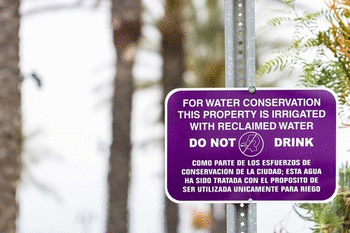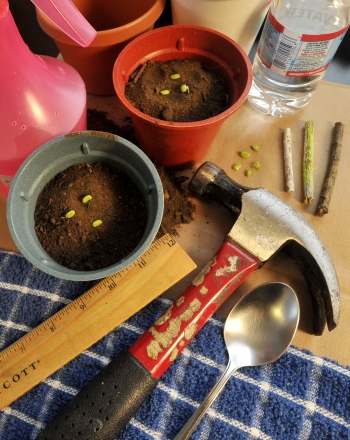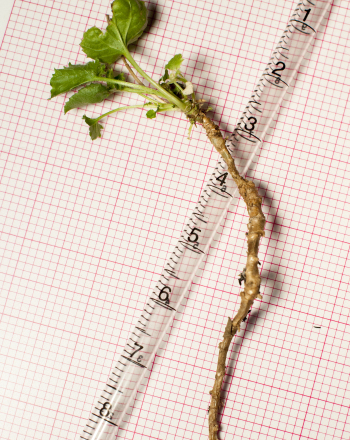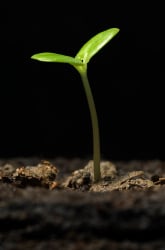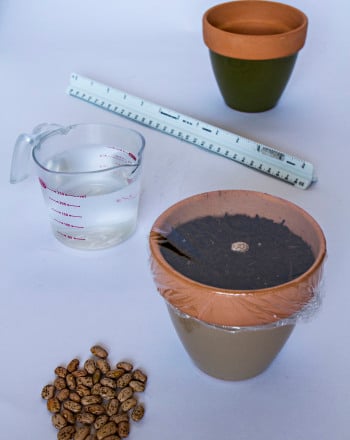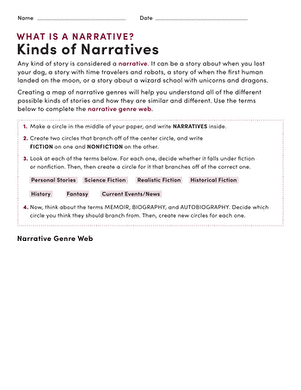Science project
What Kinds of Water Yield Fastest Plant Growth?
Grade Level: 5th - 6th; Type: Botany
Objective:
Students will discover whether distilled water, spring water, or regular tap water yield faster plant growth; in this case, we will use beans. Beans have a fast germination time (2-5 days depending on conditions) so we won't be waiting too long to see results.
Research Questions:
- What is condensation? What happens during this process?
- What do plants need to grow?
Plants grow through a process called photosynthesis. This requires sunlight to take place. The chlorophyll located in the chloroplast of the plant cells grabs sunlight and starts the reactions (such as sugar) that are needed to make the plant grow. Water is also needed in the growth equation, because like humans and animals, plants need moisture to quench their thirst.
Tap water is basically just water that comes from indoor plumbing. This water is controlled directly by the water main from the city and runs through a series and network of pipes until it finally reaches the home, of which the faucet is one outlet. This water is treated with chemical compounds and chlorine to kill harmful bacteria, toxins, and other contaminants that cause water-bourne diseases.
Spring water, however, contains natural minerals and as the name suggests, comes from a natural spring and the water comes from beneath the surface of the earth and flows to the surface. Distilled water contains close to none of the minerals nor impurities found in the other 2 types of waters. All of that has been filtered out through the distillation process which involves first boiling water and then allowing the steam to condense.
Materials:
(from the grocery store/gardening store)
- 3 beans (i.e. lima beans, lentils, pinto beans)
- 3 pots with soil
- distilled water, spring water, and regular tap water
Also required
- Sunlight
- Ruler
- Pen and paper for notes
- Patience
Experimental Procedure:
- First we will pot the beans. Use your finger and make a small hole about 2 inches deep into the soil of each of the 3 pots. Put a bean into each hole and cover it up with soil. Give it a pat.
- Label each pot with the type of water the plant is going to receive- tap, distilled, or spring.
- Take the pots to a windowsill with the same amount of sunlight.
- Give the plants their first taste of water. Just give them a little water. Just a sprinkle, spritz, or “rain” would do. Do not overwater them with too much! You will water them the same amount at least daily or when they are dry. You can test if they are getting too much water by just sticking your finger to the side of the bean and into the soil. If your finger comes out muddy, they have too much water and you shouldn't water them. The soil should be a nice dampness or dry.
- The beans should germinate in 2-5 days, depending on location and conditions. After this, you should start monitoring their daily growth for 2 weeks and measure how tall the sprout is for each sample. Which one is growing at a faster rate? Is there any difference? Any other things you see like a difference in plant healthiness?
- After 2 weeks, analyze your results.
Terms/Concepts: Plant growth process; germination; Photosynthesis; Distillation; Condensation; Water
References:
Education.com provides the Science Fair Project Ideas for informational purposes only. Education.com does not make any guarantee or representation regarding the Science Fair Project Ideas and is not responsible or liable for any loss or damage, directly or indirectly, caused by your use of such information. By accessing the Science Fair Project Ideas, you waive and renounce any claims against Education.com that arise thereof. In addition, your access to Education.com's website and Science Fair Project Ideas is covered by Education.com's Privacy Policy and site Terms of Use, which include limitations on Education.com's liability.
Warning is hereby given that not all Project Ideas are appropriate for all individuals or in all circumstances. Implementation of any Science Project Idea should be undertaken only in appropriate settings and with appropriate parental or other supervision. Reading and following the safety precautions of all materials used in a project is the sole responsibility of each individual. For further information, consult your state's handbook of Science Safety.

